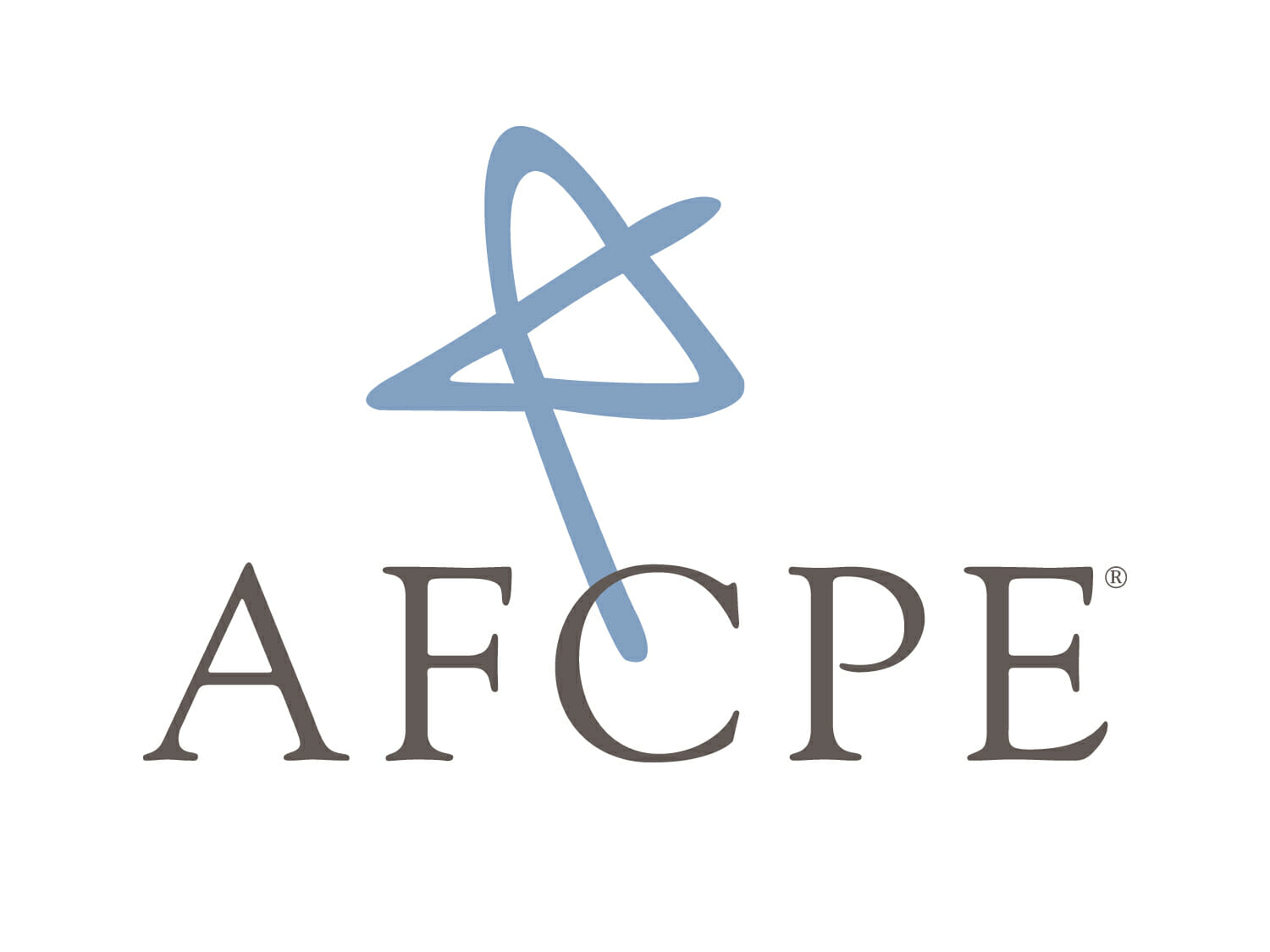The study of human behavior is fascinating. Why do two people in seemingly identical situations often make such different choices? What differentiates successful savers from those who are not? Furthermore, what can financial planners, counselors, and educators do to encourage savings behaviors and better support clients in their efforts to put money away for future needs and wants?
As financial counseling professionals you are regularly tasked with helping clients make productive movements toward accumulating savings for future needs or desires. In this quarter’s edition of AFCPE’s Member Newsletter, The Standard, Erica Tobe, PhD takes a closer look at three recent research articles that “provide a sound base for savings and have [important] implications when working with clientele.”
The below has been republished from AFCPE The Standard Newsletter 2016 Q2:
Research Briefs: Fostering Effective Savings Behaviors, by Erica Tobe, PhD:
“Savings Goals and Saving Behavior from a Perspective of Maslow’s Hierarchy of Needs” by J.M. Lee and S.D. Hanna (Journal of Financial Counseling and Planning, 2015).
This study used national survey data (Survey of Consumer Finance data from 1998–2007) to better understand the relationship “between [a] savings goal and savings behavior from a perspective of Maslow’s Hierarchy [of Needs].” Study findings showed that the most frequent reason to save was for retirement while self-actualized goals were strongly connected with the likelihood to save. This study suggests that targeted education around saving should focus “on saving aims and goals” to help clients achieve a particular desired outcome. As a result, practitioners may help clients improve household saving behaviors by empowering clients to create personalized and specific savings goals that intend to “fulfill an individual’s desire” rather than accomplishing a goal due to a “specific duty or obligation.” Helping a client determine a goal that is specific and personal to them may help increase their likelihood to save.
Individual and Institutional Factors Related to Low-Income Household Saving Behavior” by S.J. Heckman and S.D. Hanna (Journal of Financial Counseling and Planning, 2015).
This study used data from the Survey of Consumer Finances to better understand the factors related to saving behavior of low income U.S. households. The authors found that households with social networks (including relationships with institutions such as banks and credit unions and financial professionals such as a financial planner) and having a clear purpose to save were strongly associated with positive saving behaviors. Additionally, having access to credit and/or local financial institutions and the ability to contribute to an employer sponsored retirement plan encouraged positive saving behaviors among low income households. Practitioners can play a pivotal role in encouraging the use of financial professionals and identifying a purpose to save as important for low income families. In addition, educating clients on how to “access financial institutions” and encouraging the use of saving through “automatic transfers” such as employer sponsored retirement plans should be considered.
“Self-Efficacy and Savings Among Middle and Low Income Households” by J.M. Lown, J. Kim, M.S. Gutter, and A.T. Hunt (Journal of Family and Economic Issues, 2015)
This study, which is a subset of larger North Central 12 state multi-state research project, focused on a population of low and middle income households and the relationship between self-efficacy and their personal likelihood to save. This study defined self-efficacy as a “belief in one’s capability to achieve or succeed at a given task.” Study findings suggest that “higher levels of self-efficacy are associated with a greater likelihood to save” for older and middle income households. As a result, practitioners can and should “develop and incorporate strategies” within financial education programs through the use of “activities, exercises, and financial video games” to enhance self-efficacy skills in financial education courses. By following this approach, changed savings behaviors and positive decision making skills for clients can be fostered. These studies, in tandem, illustrate the importance of creating positive saving strategies with clientele.
As financial professionals, how can we more effectively connect low-income families to financial counselors and educators?
Share examples of a situation where helping a client determine a goal that is specific and personal to them, helped them increase their likelihood to save.
What are some ways that you have used activities, exercises, or technology to enhance self-efficacy skills in your financial education courses or with your clients?

Leave a Reply